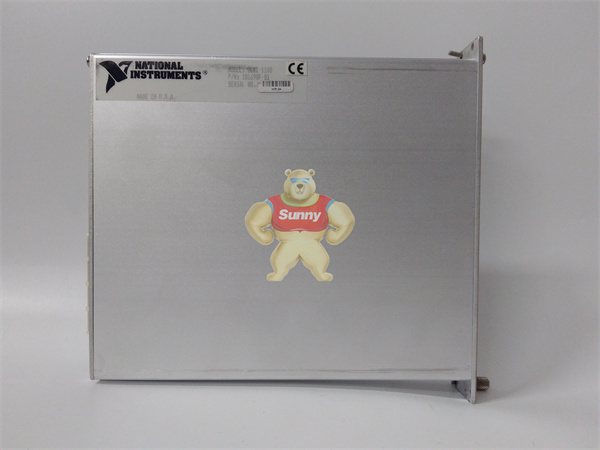Industrial automation is at the heart of the modern industrial revolution. Through automation, the factory has achieved improved labor efficiency, expanded production scale and optimized product quality. However, the traditional industrial automation system is often closed and proprietary, hardware and software strong binding leads to poor compatibility, lack of interoperability, difficult to upgrade iteration and other problems, system limitations have increasingly become an obstacle to enterprises to enjoy digital dividends.
Especially after the introduction of Industry 4.0, many ICT technologies have been introduced into OT, in order to integrate with the more and more advanced and open IT world, the field of industrial automation must be unbound, break the barriers of “separate politics”, and adopt a more “open” attitude to meet innovation and change.
At the Schneider Electric Innovation Summit 2023, Pang Xingjian, Senior Vice President of Schneider Electric and head of Industrial Automation Business in China, said, “The next step in industrial transformation is to make full use of digital tools, integrate the three major factors of energy, automation and software, and run through the entire life cycle of enterprises from design and construction to operation and maintenance, from individual plants to the entire industrial chain. Join hands with ecological partners for an open, efficient and resilient, sustainable and people-centered industry of the future.”

SCXI-1100

SCXI-1100

SCXI-1100
Launched an open automation platform based on the latest standards
In fact, open automation is not a new concept, as early as 1993, the International Electricity Commission (IEC) developed the international standard IEC 61131-3 for unifying PLC, DCS, IPC, CNC and SCADA programming systems, laying the foundation for industrial automation to open up. Today, this standard has been widely used in a large number of industrial control applications.
However, the IEC 61131-3 standard is suitable for single-machine operation, and the design of distributed control is not only a large workload, but also requires a large number of manual modifications, which is difficult to meet the requirements of today’s increasingly complex industrial systems. In order to meet the needs of reusability, portability and operability, IEC has developed the standard IEC 61499 for distributed control systems.
Yang Hang, business marketing director of Schneider Electric Industrial Automation China, believes that the IEC61311 standard to IEC61499 standard is the inevitable result of the technology trend, to this point we need to make changes. This is a joint effort of an international technology alliance, and Schneider Electric is willing to be one of the facilitators.
Yang Hang, Business Marketing Director of Schede Electric Industrial Automation China
“We are actively promoting the use of IEC61499 in the industry, and launched the EcoStruxure open automation platform based on the IEC61499 standard in 2020, through hardware and software decoupling, breaking through the existing system restrictions, so that IT/OT real integration, to promote industrial automation products can also be like IT products’ plug and play ‘.” The platform is an agile way of developing, with more than two releases per year, currently iterated to V23.0.”
Speaking of the new version, Yang said that EcoStruxure Open Automation Platform V23.0 has been further expanded into a unified control software platform that integrates discrete, hybrid and process industrial operations. There are four specific updates, first, strengthen the integration with AVEVA system platform, can reuse existing application graphics, speed up system design. Second, add a graphical interface editor for program automation logic design to improve operational efficiency. Third, open automated human machine interface (HMI) and archiving functions, compatible with Windows and Linux operating systems, support flexible deployment across systems. Fourth, simplify and reduce the engineering configuration effort by 35%.
 1 Year Warranty
1 Year Warranty





